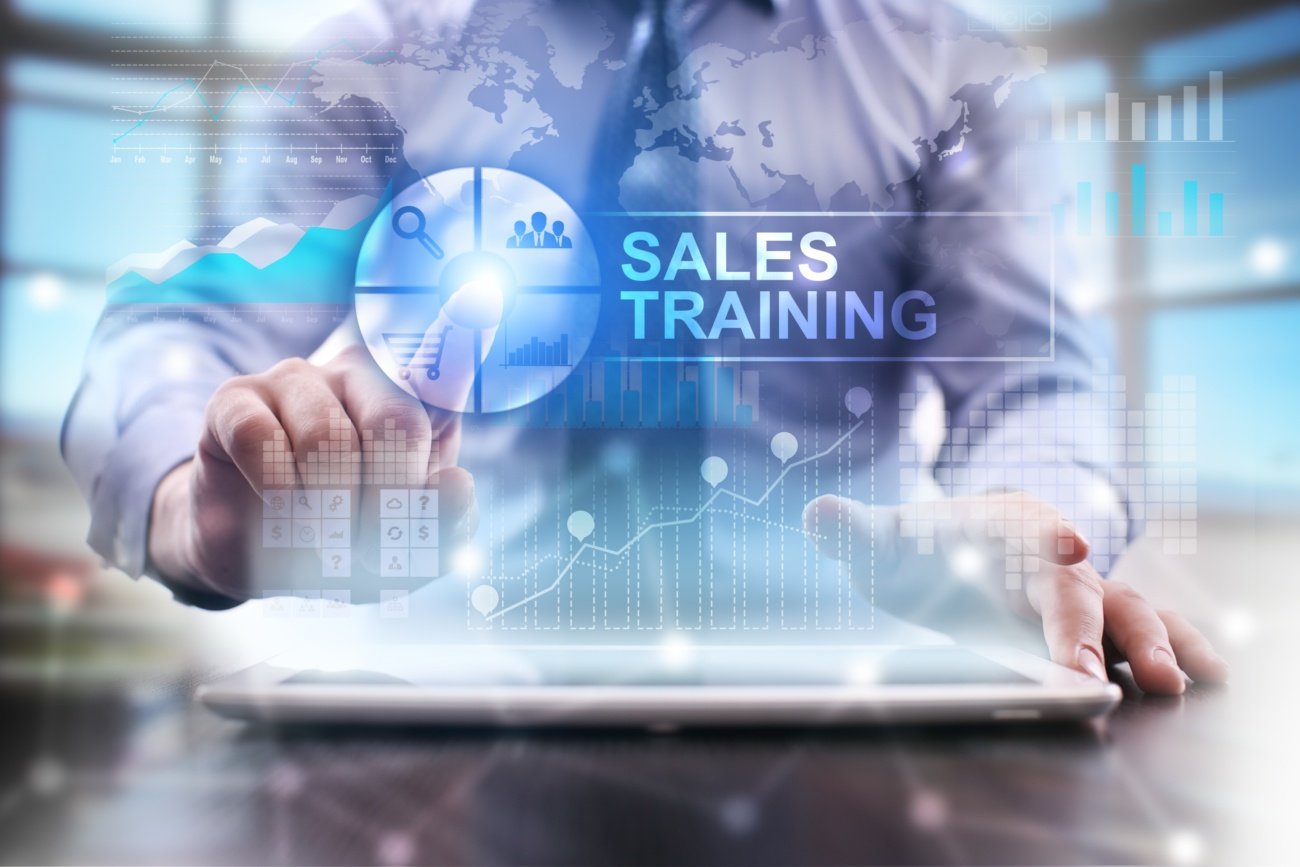A bit about me: I’m the Director of Telecommunications/Technology vertical at Bigtincan. In a previous role at a Fortune 10 company, I was responsible for selling over 100+ telecommunications and software solutions to about 5,000 customers as a sales overlay. Due to the vast challenges our customers faced, conversations during meetings would pivot so quickly that if you blinked, you’d be left behind!
As a “Mobility Applications Consultant,” topics of sales conversations would range from fleet tracking devices, wireless form solutions, MPLS / VPN and mobile device management, to VoIP, mobile phones and tablets, to hardware to software. Imagine the amount of content and training needed to empower a rep to achieve that coveted consultative relationship with a prospect - overwhelming to say the least!
The Reality of Old School Sales Training
At my previous organization, product training would come in waves, and in formats including but certainly not limited to:
- Face to face lunch & learns
- Distribution list emails with PowerPoint presentations and sometimes 10+ links directing us to learn more
- Outlook invites from marketing and product owners
- Webinars followed by exercises in our formal learning management system (LMS) and online sales portal
To further complicate things, the LMS and portals all had different logins, and I could not access them on my mobile devices. As a result, I’ll admit that I ignored most product training opportunities. This certainly was not because I didn’t want to learn, but because I had to hit quota - it simply wasn’t feasible to place training and learning above my core function of selling. I made it a priority to learn just enough about every key product to be effective. I became skilled at giving just a solid enough introduction to engage a partner or SME to drive the sale forward.
My strategy “worked” to some extent, but didn’t have marathon legs. Without a focus on continuous learning, I would hit a wall eventually.
My Secret Weapon
To make learning easier, I found a mobile sales app that consolidated sales, process, learning, and communications for all the key products I was selling, that was available on my iPad. I utilized every second in between meetings consuming as much as I could about our portfolio to ask the right questions and pitch relevant products to our customer base. The key was simple: my learning and sales content was there, available for me whenever I wanted to utilize it. The friction of different logins, only being available at a desktop, and trainings in huge hours-long chunks was removed, and the results spoke for themselves: our team consistently ranked #1 in the nation for our advanced solutions portfolio. This was my first glimmer of hope that sales content, communications, and learning didn’t have to be completely disconnected.
Game changer.
A Sales Overlay’s Best Friend
Every good sales overlay knows that you can only do some much, and you can never be in front of every customer. This is why truly enabling your seller is one of the most effective strategies for scale. Give them what they need before they need it, and make access easy for when they do. For example, working with sales leadership in my previous role, we created a program called “Bytes.” When a product gained executive priority support, my leadership team would ask me to create “Sound Bytes” to get that knowledge to anyone who would need it. This is a common practice in today’s learning world - key information is summarized and pushed right to sellers’ mobile devices, with the ability for teams to comment and collaborate, while leadership can emphasize priority. The communication gateway was open for us, and information began to flow freely - that tribal knowledge was no longer contained.
What today’s busy sales reps want is a consolidated experience where training, sales materials, and communications are delivered to them in their moment of need - without them having to do a thing. What they don’t want is multiple legacy systems where they have to go and out find it on their own. That searching and surfing is both time-consuming and ineffective - chances are, we won’t end up finding what we’re looking for in any kind of timely manner, and just proceed along without that potentially perfect piece of content for the prospect. That strategy won’t help anyone - seller or prospect.
My advice is to leverage context of what you know about how your users work to predict what they need, in the moment they need it. Keep those communication lines open to help streamline your processes, and if you want to take your Sales Enablement efforts to the next level, take advantage of machine learning technologies like Bigtincan’s proprietary SalesAI, that will deliver the right content to the right person at the right time automatically. Managers are happy, sellers are happy, and prospects are happy - it’s a win-win-win!


